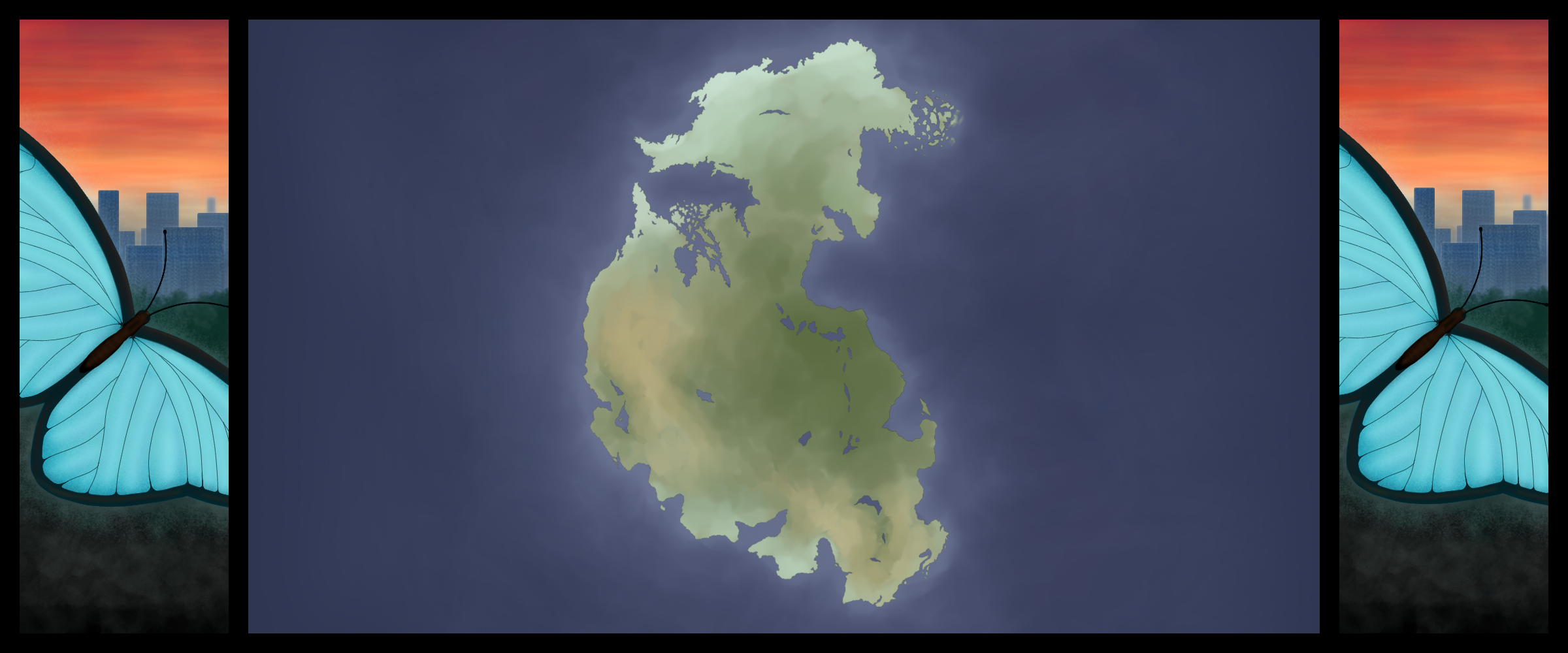Human
Humans... such a well-known species, yet do any of them truly know themselves? They have such short lifespans, and yet they think they own the world. In addition, they have a remarkable capacity for making the same mistakes within a few mere centuries of the last time they made it, and - despite having a proverb of not forgetting history - they don't seem to learn from these repeats. Rather average in most ways, nothing exceptional about their physiques or minds, aside from the oddly exceptional human here or there, and yet... they are special. They learn far more rapidly than most, as if making up for their short lives, and live with a vibrancy that far surpasses the species which live for centuries apiece. Their minds hold a genius that allows them to adapt to nearly any environment thrown at them, and they hold a passion that tends to draw other species to them, whether out of curiosity, jealousy, or love. A curious species, indeed.
Basic Information
Anatomy
Human skin color comes in a wide range of shades of brown, ranging from nearly white to nearly black, with variances in the browns that allow for more pinkish or yellowish tones. Their hair color ranges the full spectrum of the rainbow, with blander colors being more common, though not by a large percent. Hair texture ranges from straight to wavy to curly. Their eyes follow the same color rules as their hair does, though the two do not have to match. Ranging from roughly four feet tall to seven or eight feet, most humans fall within five or six feet of height, with the females on average about a half-foot shorter than the males.
Genetics and Reproduction
Humans tend to be extremely fertile, and as such have the capability to breed with most other species that are similar in form - elves, dwarves, halflings, orcs, etc. In addition, they are capable of producing offspring with shapeshifting creatures taking the form of a human. They give live birth, and their gestational period tends to be within two to three weeks of the nine month mark.
Ecology and Habitats
Extremely adaptable, humans have been found everywhere from the arid and heated desert, to the lush jungle, to the damp swamplands, to the frozen wastes of the arctic. They tend to form communities rather than venturing out solo, and within these communities will assist their friends and family. There is a tendency for fighting when overcrowded, and in larger communities, especially those surpassing ten thousand individuals, it is far from unheard of for humans to act violently against those they view as trespassing on their property or posing some other sort of threat. On an individual level, they seem to do best in communities of 100-200 individuals, where there is possibility for them to form bonds with the majority of the other members and thus avoid the majority of violent acts caused by seeing another as a threat. As a whole, their species tends to advance the fastest when communication between groupings remains open.
Genetic Descendants
Lifespan
180-200 years



Comments